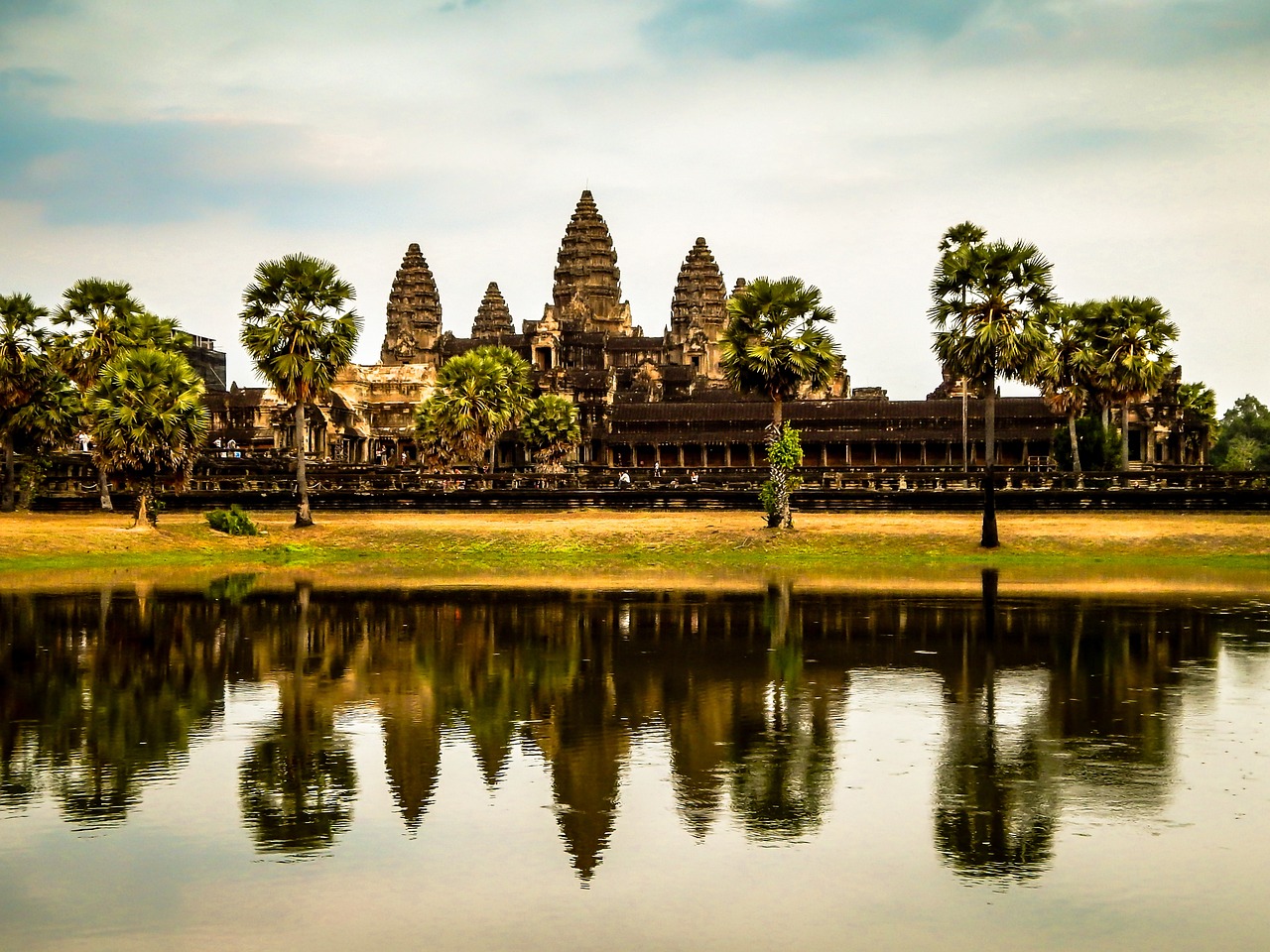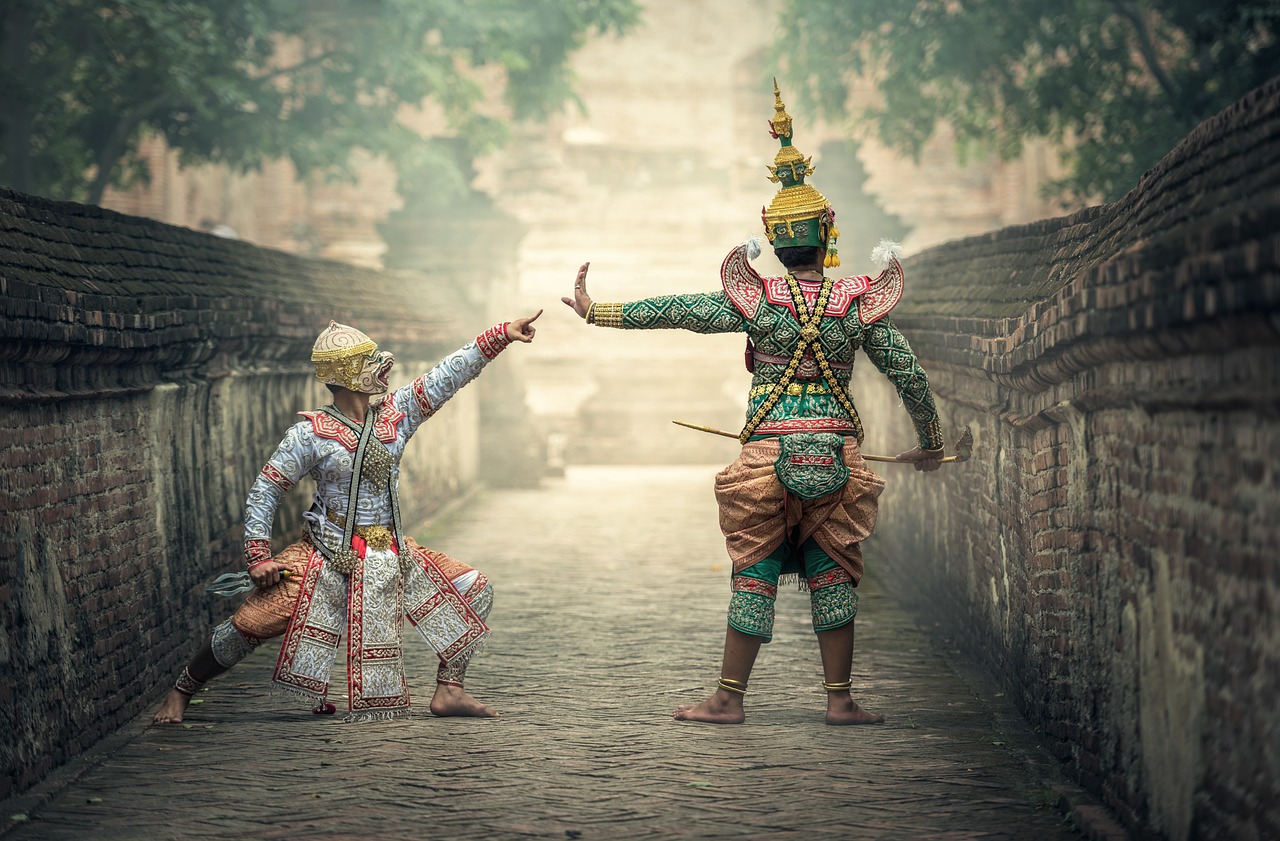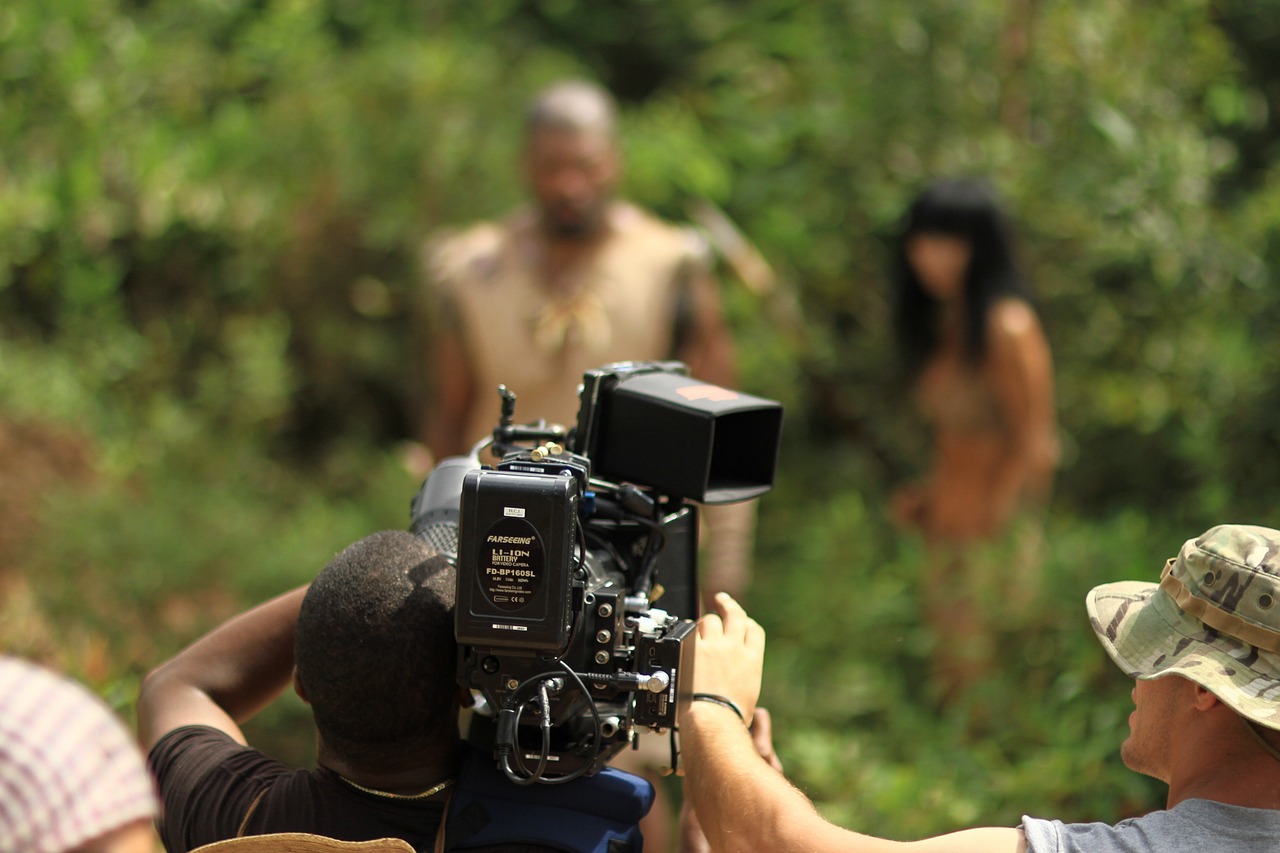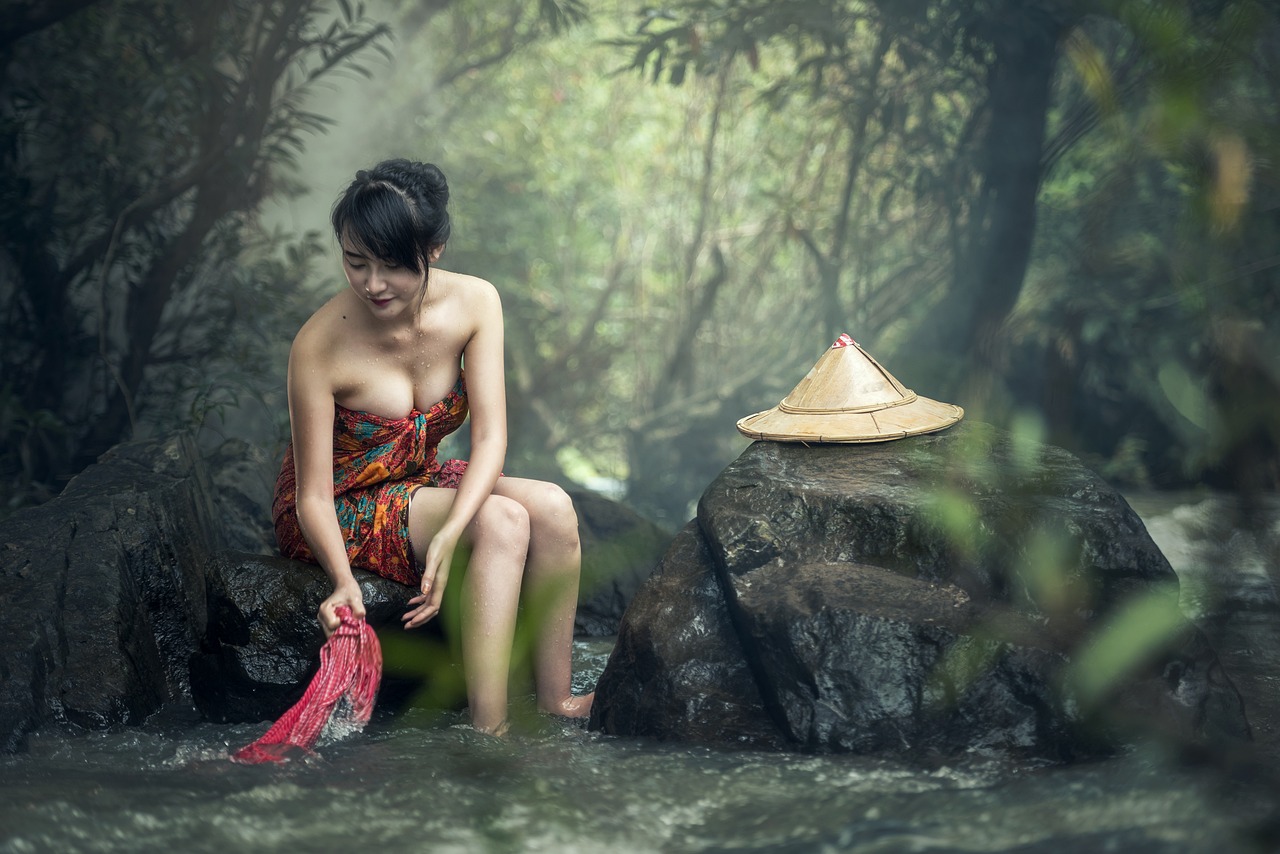Cambodia Video
Insider Tips: Avoiding Tourist Traps in Cambodia
Cambodia, a vibrant and culturally rich country in Southeast Asia, offers a multitude of attractions for tourists. From ancient temples to bustling markets and stunning natural landscapes, Cambodia has something for everyone. However, like any popular tourist destination, it’s important to be aware of potential tourist traps that can dampen your experience. In this article, we’ll provide insider tips on how to avoid common tourist traps in Cambodia, ensuring you have a memorable and authentic journey.
Understanding Tuk-Tuk Prices
When exploring Cambodia, one of the most convenient modes of transportation is the tuk-tuk. These three-wheeled vehicles are a common sight in cities and towns. However, it’s important to be aware of inflated tuk-tuk prices, especially in popular tourist areas. To avoid being overcharged, always negotiate the fare before getting into a tuk-tuk. Familiarize yourself with the average prices for common routes to ensure you’re paying a fair amount. Additionally, consider using ride-hailing apps like PassApp or Grab for more transparent pricing.
- Phnom Penh to Royal Palace: The average fare for this route is around $2 to $3.
- Siem Reap to Angkor Wat: Expect to pay around $5 to $7 for a tuk-tuk ride to Angkor Wat from Siem Reap.
- Sihanoukville to Otres Beach: The fare for this route should be approximately $5 to $7.
Beware of Scams at Angkor Wat
Angkor Wat, the iconic temple complex in Siem Reap, is a must-visit attraction in Cambodia. However, it’s important to be cautious of scams that target tourists in this area. One common scam involves fake tour guides who offer their services at inflated prices. To avoid falling victim to such scams, consider hiring a licensed tour guide or joining a reputable tour group. Do thorough research and read reviews before booking any tours or guides. Additionally, purchase your Angkor Wat entrance ticket from the official ticket office to avoid counterfeit tickets.
- Official Angkor Wat Ticket Office: Purchase your entrance ticket from the official ticket office located near the temple complex. The ticket costs $37 for a one-day pass, $62 for a three-day pass, and $72 for a seven-day pass.
- Reputable Tour Operators: Book your Angkor Wat tour with reputable operators such as Siem Reap Shuttle Tours or ABOUTAsia Travel.
Choose Authentic Restaurants
When it comes to dining in Cambodia, it’s important to choose authentic restaurants that offer traditional Khmer cuisine. Avoid restaurants located near major tourist attractions, as they often cater to tourists and may serve watered-down versions of local dishes at inflated prices. Instead, venture into local neighborhoods and seek out smaller, family-run eateries for an authentic culinary experience. Look for restaurants with good reviews from locals and try popular dishes like Fish Amok, Lok Lak, and Khmer Red Curry.
- Romdeng (Phnom Penh): Located in Phnom Penh, Romdeng offers a delightful dining experience with a focus on traditional Khmer cuisine.
- Chanrey Tree (Siem Reap): Situated in Siem Reap, Chanrey Tree serves delicious Khmer dishes in a charming setting.
- Marum (Siem Reap): Marum is a social enterprise restaurant in Siem Reap that offers Khmer fusion cuisine while supporting local community projects.
Shop Wisely at Markets
Cambodia’s vibrant markets are a treasure trove of unique souvenirs, handicrafts, and local products. However, it’s important to shop wisely to avoid falling for tourist traps. Bargaining is a common practice in Cambodian markets, so don’t be afraid to negotiate prices. Start with a lower offer and work your way up. Additionally, be wary of counterfeit products, especially when purchasing high-end items like branded clothing or electronics. Stick to reputable markets like Psar Thmei (Central Market) in Phnom Penh or Psar Chaa (Old Market) in Siem Reap.
- Psar Thmei (Central Market): Located in the heart of Phnom Penh, Psar Thmei is one of the largest and most popular markets in Cambodia. It offers a wide range of products, from clothing and jewelry to electronics and souvenirs.
- Psar Chaa (Old Market): Situated in Siem Reap, Psar Chaa is known for its vibrant atmosphere and diverse selection of goods. Here, you can find everything from local handicrafts to fresh produce.
Explore Off-the-Beaten-Path Destinations
While popular tourist destinations like Phnom Penh and Siem Reap are undoubtedly worth visiting, don’t forget to explore off-the-beaten-path destinations in Cambodia. These lesser-known gems offer a more authentic and immersive experience away from the crowds. Consider visiting places like Battambang, Kampot, or Koh Rong Samloem for a unique glimpse into Cambodia’s local culture, stunning landscapes, and untouched beauty.
- Battambang: Located in northwest Cambodia, Battambang is known for its colonial architecture, vibrant arts scene, and the famous Bamboo Train.
- Kampot: Situated along the banks of the Kampong Bay River, Kampot offers scenic views, pepper plantations, and relaxed riverside vibes.
- Koh Rong Samloem: Escape to the pristine beaches of Koh Rong Samloem, a small island off the coast of Sihanoukville, for a tranquil tropical getaway.
Responsible Elephant Tourism
Interacting with elephants is a popular activity for many tourists visiting Cambodia. However, it’s crucial to choose responsible elephant tourism options that prioritize the well-being and conservation of these magnificent creatures. Avoid supporting establishments that offer elephant rides or shows, as they often involve animal cruelty. Instead, opt for ethical elephant sanctuaries and conservation centers that focus on rehabilitation and protection.
- Elephant Valley Project (Mondulkiri): Located in Mondulkiri, the Elephant Valley Project offers a unique and ethical experience where you can observe and learn about elephants in their natural habitat.
- Phnom Tamao Wildlife Rescue Center (Phnom Penh): While not solely focused on elephants, the Phnom Tamao Wildlife Rescue Center is a conservation center that aims to protect and rehabilitate various wildlife species, including elephants.
Stay Vigilant Against Pickpockets
Like any popular tourist destination, Cambodia has its share of pickpockets targeting unsuspecting tourists. To avoid falling victim to theft, it’s important to stay vigilant and take necessary precautions. Keep your valuables, such as wallets, phones, and cameras, secure and be mindful of your surroundings, especially in crowded areas. Avoid displaying large amounts of cash or wearing flashy jewelry that may attract unwanted attention. Consider using a money belt or a secure bag to keep your belongings safe.
- Money Belt: Invest in a reliable money belt to keep your cash, passport, and other important documents hidden and secure.
- Avoid Wearing Expensive Jewelry: Leave your valuable jewelry at home to minimize the risk of being targeted by thieves.
- Stay Alert in Crowded Areas: Be cautious in crowded places like markets, bus stations, and tourist attractions, where pickpockets tend to operate.
Respect Local Customs and Etiquette
To ensure a positive and respectful experience in Cambodia, it’s crucial to familiarize yourself with the local customs and etiquette. Cambodian culture places great importance on respect and politeness, so it’s essential to adhere to certain norms. For example, when visiting temples, dress modestly and remove your shoes before entering. Avoid touching someone’s head, as it is considered disrespectful. Learning a few basic Khmer phrases, such as “hello” (chum reap sour) and “thank you” (awkun), can also go a long way in showing respect to the locals.
- Modest Dress: When visiting temples or religious sites, dress modestly by covering your shoulders and knees.
- Shoes Off: Remove your shoes before entering someone’s home or a temple.
- Learn Basic Khmer Phrases: Show respect by learning a few basic Khmer phrases to communicate with the locals.
Be Cautious with Money Exchange
When exchanging currency in Cambodia, it’s important to be cautious and choose reputable exchange services. Avoid exchanging money with street vendors or unauthorized individuals, as they may offer unfavorable rates or counterfeit currency. Instead, opt for banks, official exchange booths, or established currency exchange services. Before exchanging your money, compare rates and fees to ensure you’re getting a fair deal. It’s also advisable to carry a mix of small and larger denominations for convenience.
- Acleda Bank: Acleda Bank is one of the largest commercial banks in Cambodia and offers reliable currency exchange services.
- Official Exchange Booths: Look for authorized exchange booths located at airports, hotels, or shopping malls for secure and fair currency exchange.
Stay Hydrated and Use Sun Protection
Cambodia’s tropical climate can be hot and humid, especially during the dry season. It’s important to stay hydrated and protect yourself from the sun to avoid heat-related illnesses and sunburns. Carry a refillable water bottle and drink plenty of water throughout the day. Apply sunscreen with a high SPF, wear a hat, and use sunglasses to shield yourself from the intense sun rays. Seek shade whenever possible, especially during the hottest hours of the day.
- Refillable Water Bottle: Carry a refillable water bottle to stay hydrated and minimize plastic waste.
- Sunscreen and Protection: Apply sunscreen with a high SPF, wear a hat, sunglasses, and lightweight, breathable clothing to protect yourself from the sun.
Responsible Tourism in Cambodia
Lastly, it’s crucial to practice responsible tourism when visiting Cambodia. Respect the environment, wildlife, and local communities. Avoid littering and dispose of waste properly. Support local businesses and artisans by purchasing locally made products. Engage in activities that promote cultural understanding and benefit the local economy. By being a responsible traveler, you can contribute positively to Cambodia’s sustainable tourism development.
- Responsible Travel Cambodia: Responsible Travel Cambodia is a website that provides information and resources for responsible tourism practices in Cambodia.
- Green Gecko Project: The Green Gecko Project is a Cambodian charity that supports underprivileged children and promotes responsible tourism in Siem Reap.
Cambodia Image 1:

Cambodia Image 2:

Cambodia Image 3:

References
– Tourism of Cambodia: tourismcambodia.com
– PassApp: passapptaxi.com
– Grab: grab.com
– Siem Reap Shuttle Tours: siemreapshuttletours.com
– ABOUTAsia Travel: aboutasiatravel.com
– Romdeng: tree-alliance.org
– Chanrey Tree: chanreytree.com
– Marum: friends-international.org
– Psar Thmei (Central Market): tourismcambodia.org
– Psar Chaa (Old Market): siemreap.net
– Elephant Valley Project: elephantvalleyproject.org
– Phnom Tamao Wildlife Rescue Center: wildlifetours.org
– Acleda Bank: acledabank.com.kh
– Responsible Travel Cambodia: responsibletravelcambodia.org
– Green Gecko Project: greengeckoproject.org


